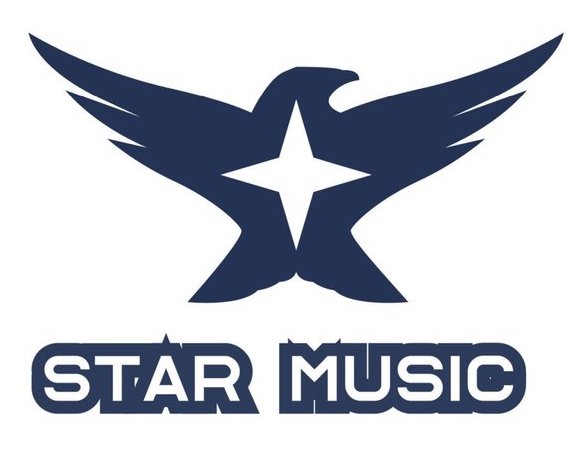Star Music is the only rights management technology business that brings a deep data engineering approach to solving the industry’s royalty collection issues. With most of our team consisting of software engineers, we are fixated on cleaning and maintaining complete and accurate catalogue and platform data, which is essential to maximizing royalty collections across services such as YouTube and Facebook.
Content eligible for Content ID
When you enable a piece of content for Content ID matching, YouTube automatically generates claims against other user’s uploaded content that matches (portions of) the reference file you provide. Learn more about policy and claim basics.
Not all content is appropriate for claiming through Content ID. You must not use the system to claim content for which you don’t have sufficient rights. You’re responsible for avoiding incorrect results, such as claims that result from misidentified content or claims that interfere with authorized uses of content.YouTube takes action to address cases of abuse and error in the Content ID system. This includes disabling specific reference files or segments of reference files and releasing all associated claims, requiring manual review for certain categories of references, disabling Content ID, or even terminating YouTube partnership.
Guidelines for Content ID Use the following rules to avoid any issues. Note that the examples under each rule are provided for your information and this is not an exhaustive list of potential issues. Learn more about how to avoid and resolve improper claims.
You must have exclusive rights to the material in the reference file for the territories where you claim ownership.
The following examples are ineligible for use in or as a reference:
- Content licensed non-exclusively from a third party
- Content released under Creative Commons or similar free/open licenses
- Public domain footage, recordings, or compositions
- Clips from other sources used under fair use principles
- Video gameplay footage (by other than the game’s publisher)
All reference content must be sufficiently distinct.
The following examples are ineligible for use in or as a reference:
- Karaoke recordings, remasters, sound-alike recordings, and some dubbed content
- Sound effects, soundbeds, or production loops
Individual references for each piece of intellectual property
You must provide individual references for each piece of intellectual property.
The following examples are ineligible for use in or as a reference:
- Compilations
- Continuous DJ mixes
- Mashups
- Countdown lists
- Full album sound recordings
Even if you exclusively own all of the content within these types of examples in all territories, you must separate them into individual components, songs, or videos.
Original Video Game Soundtrack guidelines
Original Video Game Soundtracks are only valid references when owned by the video game’s publisher.
Original Video Game Soundtracks are sound recordings created primarily for use in a video game, such as the original score or background music accompanying a video game. (This policy does not apply to licensed popular music, not originally created for the game.)
These references are only valid when delivered under the video game publisher’s content owner. If you are a game publisher and have questions, please contact your partner manager.
Content that is sold or licensed at scale for incorporation into other works
Content that is sold or licensed at scale for incorporation into other works must be routed for review.
For example, matches against the following content types must be routed to manual review before claiming:
- So-called “royalty free” production music libraries typically licensed for use in game, film, TV or other soundtracks.
Asset metadata for reference content
Be as specific as possible when you fill out your asset metadata. Uploaders must be given sufficient information to understand what content is being claimed and who the owner of that content is. All assets must include an informative title (e.g., not “Track 4” or an internal serial number).
In addition, for each of the following asset types, the minimum required amount of asset metadata that should be given is as follows:
- If the asset is a sound recording or music video, provide the Title, Artist, and Record Label
- If the asset is a music composition, provide the Title and Writer
- If the asset is a television episode, provide the Show Title and either the Episode Title or Episode Number
- If the asset is a movie, provide the Title and Directors
- If the asset is a sports broadcast, provide the Team Names (competitor names if individual sport) and date of event
We also encourage you to provide any other metadata that may help identify your specific assets.
Fingerprint-only reference content
If you have access to a legacy tool allowing you to provide audiovisual fingerprints as references without providing accompanying media files, you should be aware of the following policies:
- Fingerprint-only references will be automatically replaced with media-file references that embody the identical content. If you provide such a fingerprint-only reference, a copy of the media-file reference will be made on your behalf and associated with your account in connection with the Content ID asset.
- Fingerprint-only references cannot be automatically updated to utilize the latest Content ID matching technology. Accordingly, if you are a fingerprint-only reference user and have not updated a given fingerprint-only reference six months after receiving a new binary for creating fingerprints, the outdated references may be automatically deactivated.
Comments are closed.
